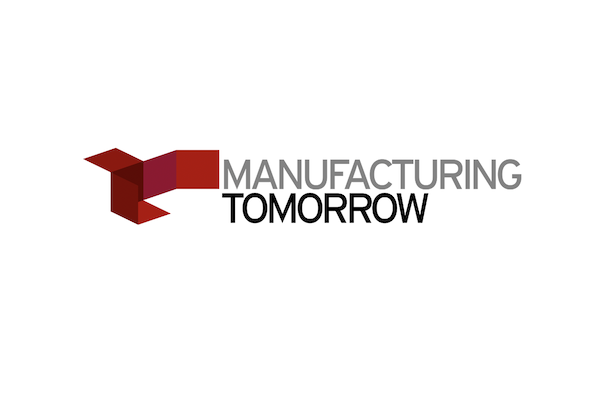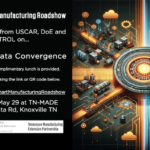Manufacturing is beset by major challenges that are made worse by hyper shifts in supply and demand. Three main areas that are persistently an issue for Manufacturers are quality and safety issues, waste and underperforming assets, and high environmental impact.
Tell us about yourself and ThinkIQ.
I am the CEO of ThinkIQ, a pioneer of digital manufacturing transformation software. Our goal as a company is to deliver customers a more precise understanding of their manufacturing data which can be utilized to better fine tune their production execution. Our fact-based, granular and data-centric view of material flows integrates into existing IoT infrastructures and crosses supply chains to manufacturing processes and beyond. Our customers – which include McCain Foods, Mars Inc., Corning, Tyson, and General Mills, among others – have saved tens of millions by identifying waste and underperforming assets, as well as reducing warranty reserves for quality and safety issues.
Why is it important for manufacturers in the Food & Beverage industry to look at both material flow and equipment analytics?
Historically, food manufacturers have focused on analyzing equipment efficiency, but today material flow is becoming just as important for two main reasons. The first is it provides actionable insights. With material flow, you can gather information about the raw materials, quality attributes, movement, and equipment involved in the process of creating your final product. Then, you can correlate that information to the quality and yield of the process. For example, analytics affords you the opportunity to correlate a certain method of potato storage with the quality of the French fry. You might identify storage unit CO2 levels are impacting your end product, with the fries being crispier for example. These correlations can help to also identify areas of machine inefficiency, production, and energy waste.
The second has to do with provenance, or, the chronology of the ownership, custody or location of a product. Material flow analytics can easily prove the provenance of your foods, and the amount of waste. There are some cases in which the provenance of food is critical for other reasons. For example, the origin of the product might be relevant if there is an outbreak of foodborne illnesses, or if the product is originating from a country that is known to inflict human rights abuses, on-field workers.






